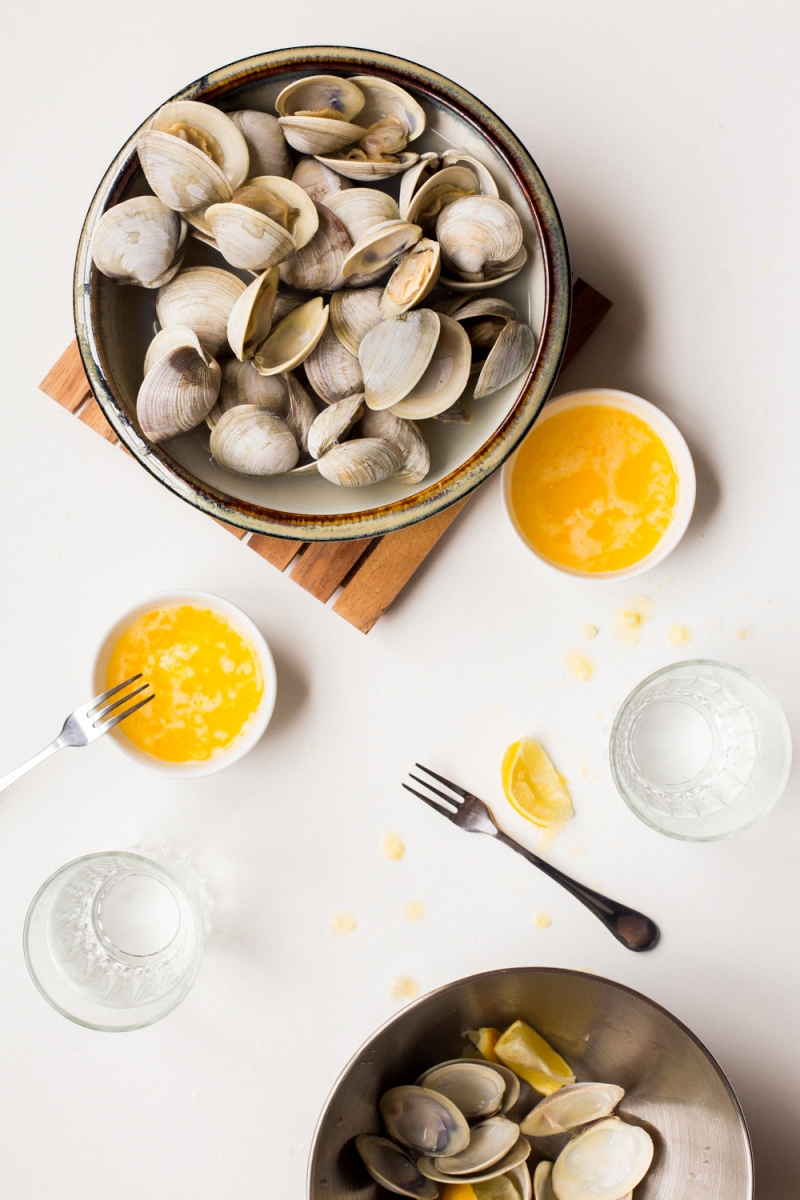
As you probably read in my post from the other day, I’m knee-deep in recipe development and writing, in order to get my sophomore cookbook ready for release – which is a lot of fun, but leaves me with little time to keep up with blog recipes. So, I figured out a solution that’s good for both of us: I’ll just post a recipe from The Ancestral Table! I’ve been meaning to share more of these recipes anyway, and this one is a special favorite in our house. The wine sauce is the highlight of the dish, and it is absolutely, ridiculously, heartbreakingly delicious. One of these days I’ll figure out a way to batch-cook and sell this sauce for millions of dollars, but for now, here’s a bit more about the dish, stolen directly from the book (I can do that!):
While clams, wine, and butter are all delicious, the combination of the three is truly divine. This dish, developed in the Provençal region of France, is the quintessential marriage of these rich, decadent flavors. It is equally tasty when prepared with mussels.
Though wild and sustainably caught seafood is generally ideal, it’s better to buy farm-raised clams and mussels. They are raised on ropes suspended above the sea floor, which makes them less gritty than wild clams and mussels dredged from the ocean floor. Dredging up wild clams and mussels can also damage the ocean’s ecosystem.
Even though I’m mostly MIA for a bit, there are still ways to get your Russ Crandall fix (is there such a thing?), should you need it. Next week, I’ll be participating in the Virtual Ultimate Health Summit, which focuses on restoring your health through lessons on diet, sleep, energy, hormones, body image, confidence and stress. I am one of 16 panelists, and I’ll be talking about how history, food culture, and health can combine to find that perfect balance of tasty food and healthy diet, with an emphasis on safe starches (no surprise there, right?). It’s free to enroll, and runs for two weeks, so check it out!






